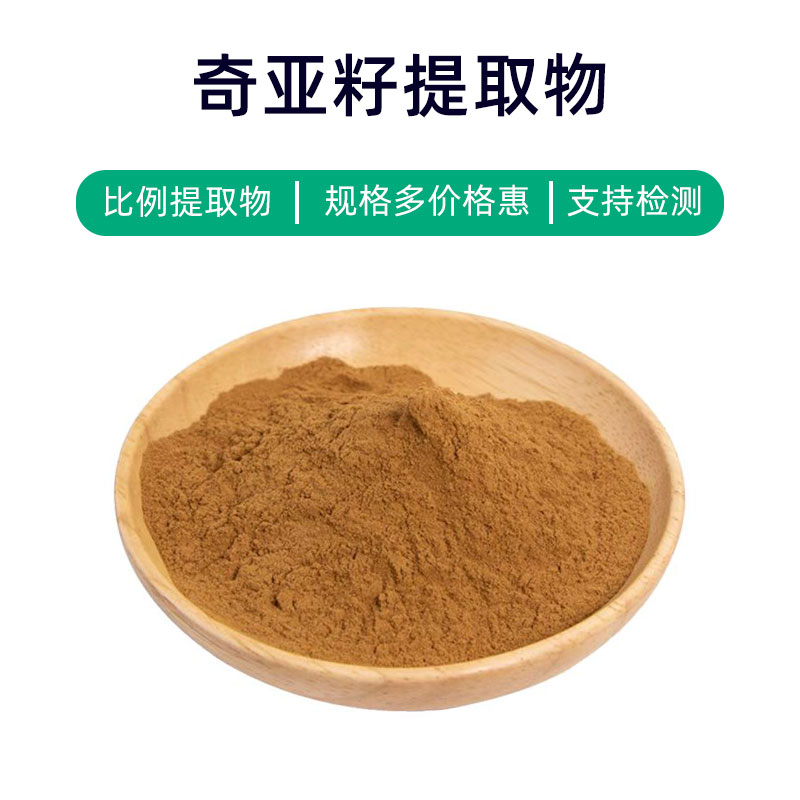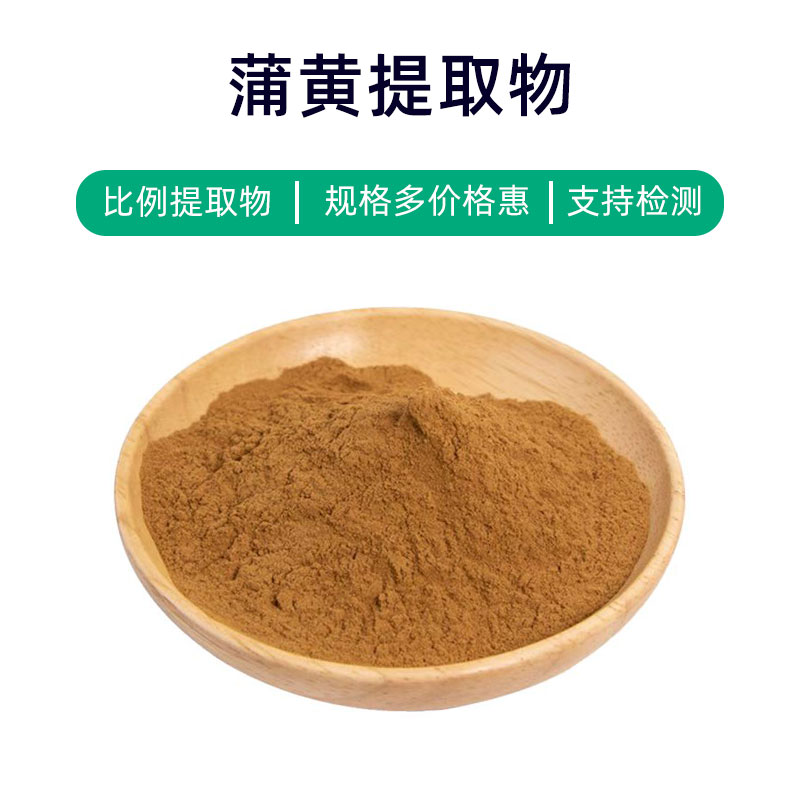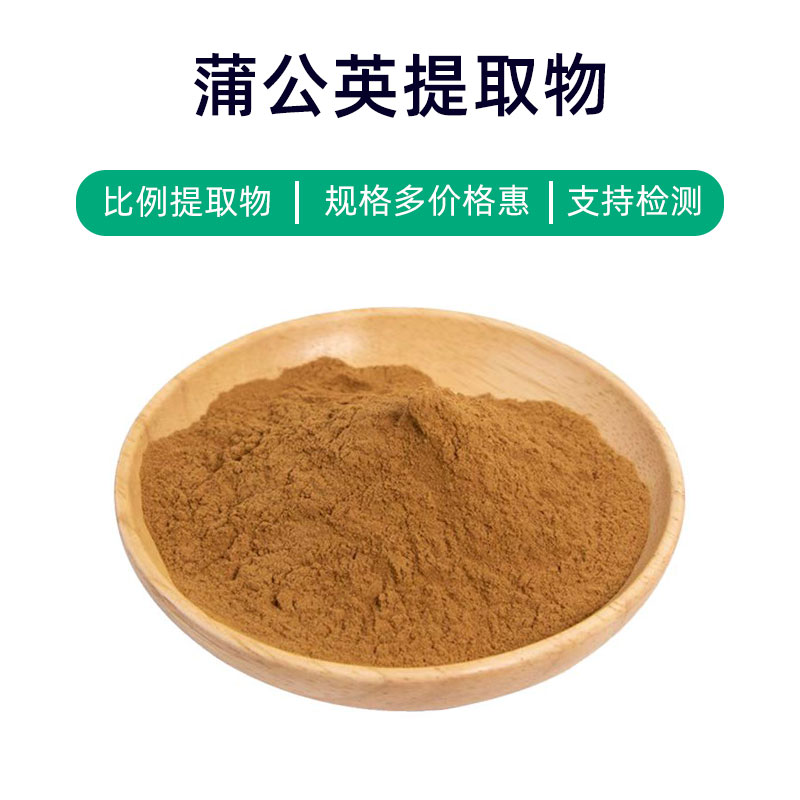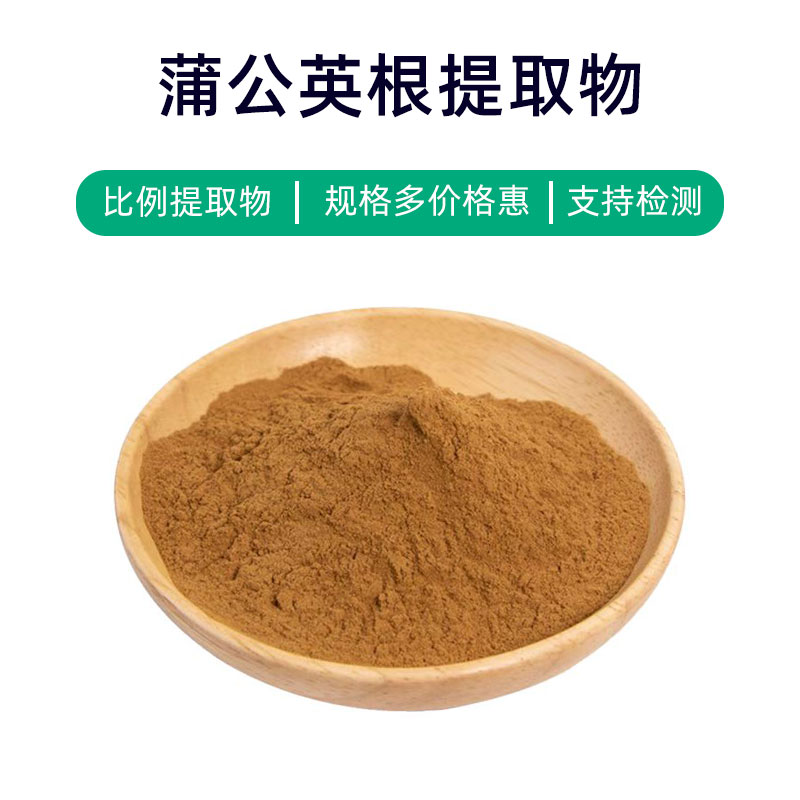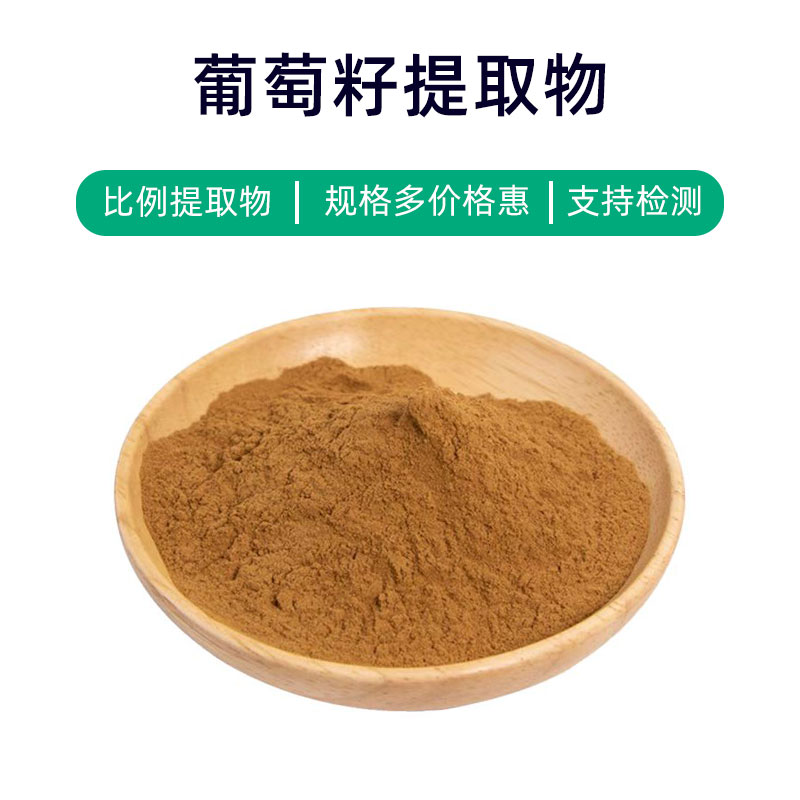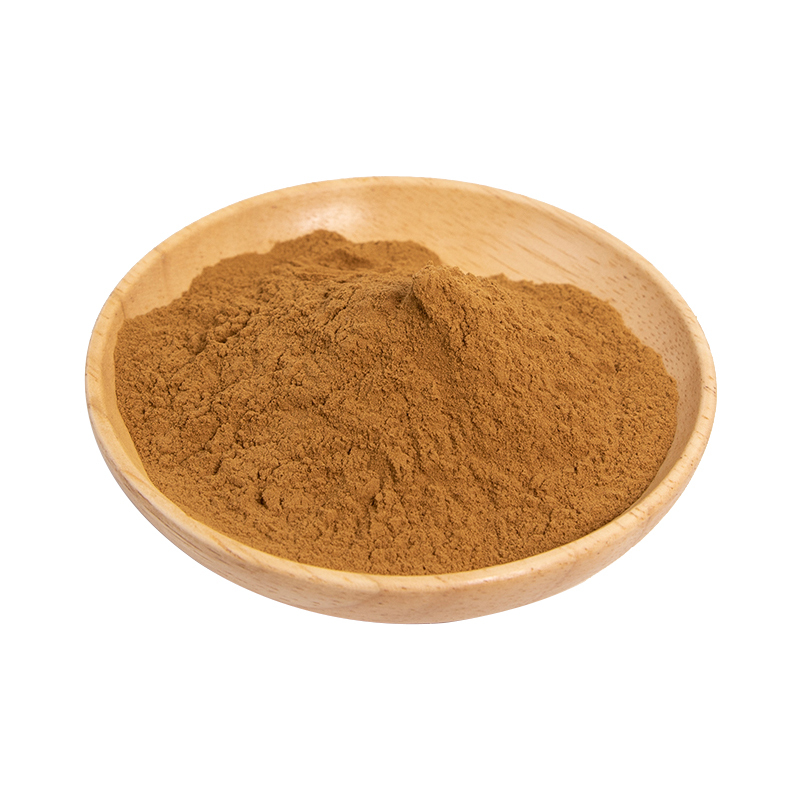Introduction to White Peony Extract
White Peony Extract is a natural plant extract obtained from the roots of the White Peony (Paeonia lactiflora). Its main component is paeoniflorin, and it also contains various flavonoids, terpenes, and phenolic compounds. These components provide White Peony Extract with a range of beneficial effects.
White Peony Extract is widely used in pharmaceuticals, health supplements, and cosmetics. In pharmaceuticals, it has antioxidant, anti-inflammatory, analgesic, and antibacterial effects, commonly used to treat inflammatory diseases and improve skin issues. In health supplements, it serves as a natural antioxidant that helps enhance immunity and slow aging. In cosmetics, White Peony Extract is often added to skincare products for its whitening, spot-reducing, and anti-wrinkle effects, improving skin texture and leaving it smooth and refined.
Overall, as a natural plant extract, White Peony Extract offers multiple benefits and plays an important role in medicine, health supplements, and cosmetics, supporting health and beauty.
Production Process of White Peony Extract
The production process of White Peony Extract typically includes the following key steps:
- Raw Material Preparation: Fresh roots of White Peony are collected. These roots should be sourced reliably and of high quality, and processed as soon as possible after harvesting.
- Cleaning and Handling: The collected roots are cleaned and processed to remove dirt and impurities, and undergo initial handling to reduce contaminants for the subsequent extraction process.
- Extraction: Appropriate extraction methods, such as water extraction, alcohol extraction, or supercritical fluid extraction, are used to extract the effective components from the roots. Parameters such as temperature, pressure, and solvent concentration must be controlled to ensure the extraction efficiency and quality.
- Concentration: The obtained liquid is concentrated to remove most solvents, resulting in a concentrated liquid.
- Filtration and Purification: The concentrated liquid undergoes filtration and purification to remove remnant impurities and unwanted components, yielding a relatively pure extract.
- Drying: The purified extract is dried to convert it into a powder or other suitable form for subsequent packaging and application.
- Quality Control: Rigorous quality control is conducted throughout the production process, including raw material testing, process monitoring, and final product quality testing, ensuring that the product meets relevant quality standards and safety requirements.
- Packaging and Storage: Finally, the extract is packaged and stored in a dry, cool, and ventilated environment to maintain its stability and effectiveness. Typically, sealed containers are used to avoid the impact of light and moisture on product quality.
Effects and Side Effects of White Peony Extract
White Peony Extract is a commonly used herbal extract with various effects, primarily including:
- Antibacterial and Anti-inflammatory Effects: White Peony Extract contains multiple active components with strong antibacterial and anti-inflammatory properties, useful for treating skin infections and inflammation.
- Antioxidant Effects: The antioxidant compounds in White Peony Extract can eliminate free radicals in the body, reducing oxidative stress damage and promoting health.
- Anti-aging Effects: The active components in White Peony Extract have anti-aging properties, promoting skin cell regeneration and repair, slowing the aging process, and maintaining youthful skin.
- Moisturizing and Nourishing: White Peony Extract effectively moisturizes and nourishes the skin, enhancing water retention, and improving dryness and roughness.
- Wound Healing Promotion: White Peony Extract accelerates the healing process of skin injuries and reduces scar formation.
- Regulation of Skin Oil Secretion: The active components can regulate skin oil secretion, benefiting oily skin and acne conditions.
- Soothing Skin Discomfort: White Peony Extract helps soothe skin discomfort, alleviating itching, redness, and other symptoms, improving skin comfort.
While White Peony Extract has numerous benefits, users should keep the following points in mind:
- Allergic Reactions: Some individuals may have allergic reactions to components in White Peony Extract; a skin sensitivity test is advisable before use.
- Concentration Caution: Appropriate concentration and dosage should be selected according to individual needs to avoid excessive use that may cause skin discomfort.
- Avoid Eye Contact: It is important to avoid contact with the eyes to prevent discomfort or irritation.
- Caution for Pregnant Women: Pregnant and breastfeeding women, as well as infants, should consult a doctor before use to avoid adverse effects.
Overall, as a natural plant extract, White Peony Extract has broad application prospects in medicine, health supplements, and cosmetics. However, attention to individual differences and suitability is necessary to ensure safety and effectiveness.
Application Scenarios and Dosage of White Peony Extract
White Peony Extract is widely used in the fields of medicine, food, and cosmetics. Below are its application scenarios and dosage recommendations in various fields:
- In Medicine:
- Skin Inflammation Treatment: White Peony Extract can be used in topical pharmaceuticals like anti-inflammatory ointments and creams for treating skin inflammation and eczema. Dosage: Apply an appropriate amount of ointment to the affected area 2-3 times daily, gently massaging until absorbed.
- Skin Care: As an active ingredient in skincare products, it helps condition the skin, improve texture, and reduce wrinkles and fine lines. Dosage: Evenly apply an appropriate amount to clean facial or body skin, gently massaging until absorbed.
- Oral Care: White Peony Extract contains antibacterial and anti-inflammatory components, making it suitable for oral care products like toothpaste and mouthwash to prevent oral issues and treat oral diseases. Dosage: Follow product instructions, generally used twice daily.
- In Food:
- Additive: White Peony Extract can be used as a food additive to enhance flavor and nutritional value. Typically used in beverages, pastries, ice creams, etc., the dosage should comply with national food safety standards, usually 0.1%-0.5% of the total product weight.
- Seasoning: It has a certain aroma and flavor that can be added to seasonings to enhance food taste. Dosage should be adjusted based on specific food types and flavors, generally not exceeding recommended amounts.
- In Cosmetics:
- Skincare Products: Commonly used in cosmetics such as creams, lotions, and serums, it has moisturizing, antioxidant, and anti-inflammatory effects, helping improve skin texture and delay aging. Dosage: Apply an appropriate amount after cleansing the face according to product instructions, gently massaging until absorbed.
- Shampoo and Conditioner: Frequently used in hair care products like shampoos and conditioners, it can purify the scalp, promote hair growth, and improve hair texture. Dosage: Follow product instructions by applying to wet hair, gently massaging, and thoroughly rinsing.
In summary, as a natural plant extract, White Peony Extract has broad applications in medicine, food, and cosmetics. However, users should follow product instructions and ensure proper dosage for safe and effective use.
Overview of the Source Plant, Distribution, and Growing Environment of White Peony
White Peony (scientific name: Paeonia lactiflora), also known as Bai Shao, is a common herbaceous plant belonging to the Peony genus. Below is an overview of the source plant, its distribution, and growing environment:
- Source Plant Description:
- White Peony is a perennial herb with a sprawling growth habit. It has slender stems that typically grow in moist soil.
- The plant features long elliptical or lanceolate leaves, arranged oppositely, with smooth or slightly hairy characteristics, and the upper leaf surface is deep green.
- White Peony produces small, head-like flower clusters, typically white or light purple, comprising numerous small flowers, with a relatively long blooming period.
- Distribution:
- Native to tropical and subtropical regions, White Peony is widely distributed across Asia, Africa, Australia, and South America.
- In China, it is found extensively across the country, especially in areas south of the Yangtze River, commonly in fields, along roadsides, riverbanks, and moist environments.
- Growing Environment:
- White Peony thrives in relatively moist environments and has a strong adaptability, often found in fields, grasslands, and alongside ponds in wet soils.
- It is not picky about soil and can grow in sandy, loamy, and clayey soils.
- White Peony is highly adaptable to light conditions, thriving in both full sun and semi-shaded environments.
Overall, White Peony is a common herbaceous plant with strong adaptability, widely distributed globally, primarily growing in moist soil, particularly in subtropical and tropical regions. Its lush green leaves and charming small flowers provide aesthetic value in natural settings.
Processing and Storage of White Peony Extract
The processing of White Peony Extract typically involves the following steps: First, fresh White Peony is collected and initially cleaned to remove impurities. The cleaned roots are then ground or chopped to enhance extraction efficiency. Next, suitable extraction methods (such as water or ethanol extraction) are employed to obtain the active components within the White Peony. After extraction, processes like concentration, filtration, and freeze-drying yield the extract, which is then subjected to quality testing and packaging. For storage, White Peony Extract should be kept in a cool, dry, light-protected environment, avoiding direct sunlight and high temperatures while preventing moisture. Sealing the product can extend its shelf life, ensuring quality and stability.
Monica Sun is a seasoned expert in the plant extraction industry with over a decade of experience in research and production. She specializes in the extraction and purification of plant active ingredients, focusing on driving innovation in natural product applications. Monica has participated in the development of multiple functional plant extracts, delivering high-value natural raw material solutions for the health food, pharmaceutical, and dietary supplement sectors.









